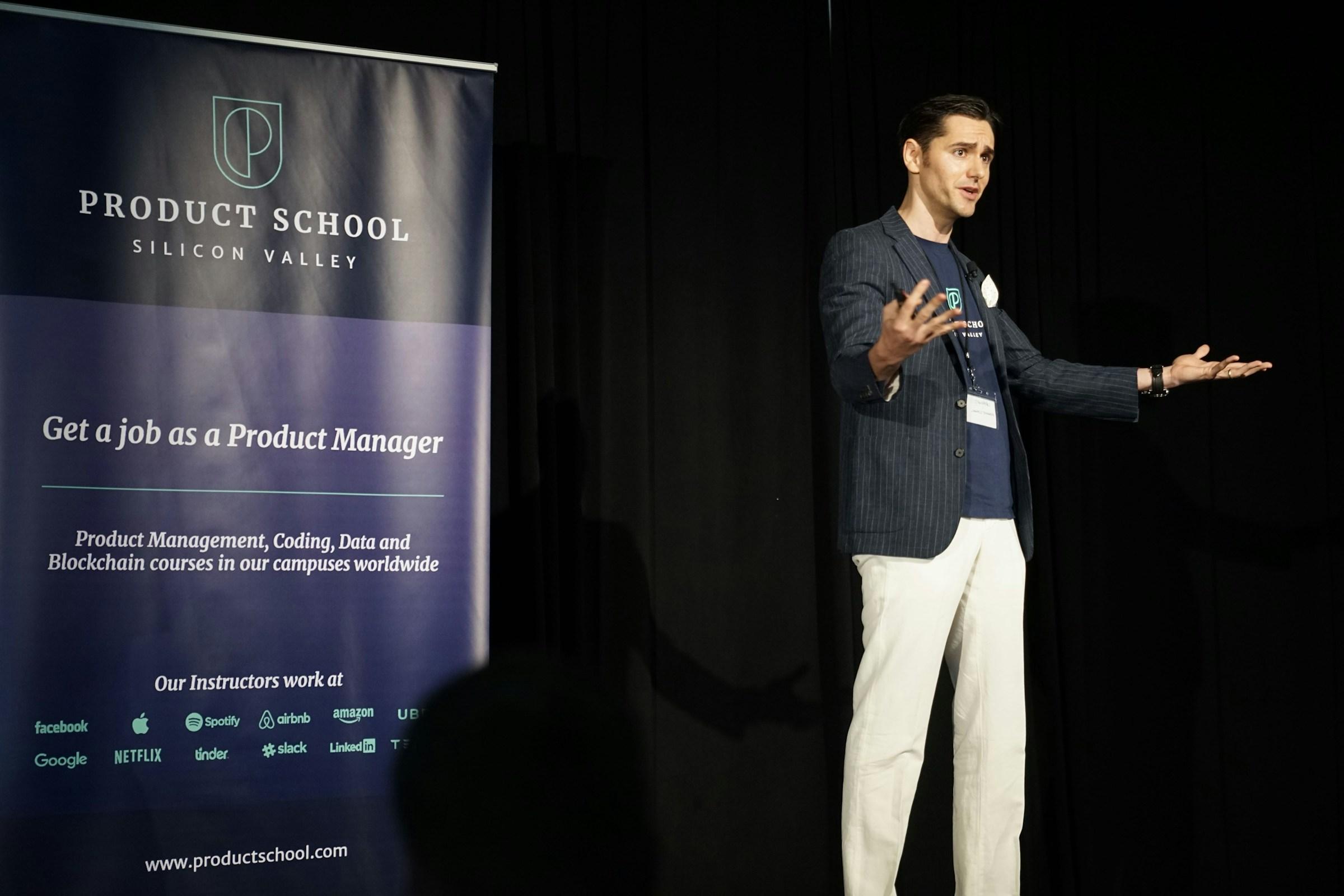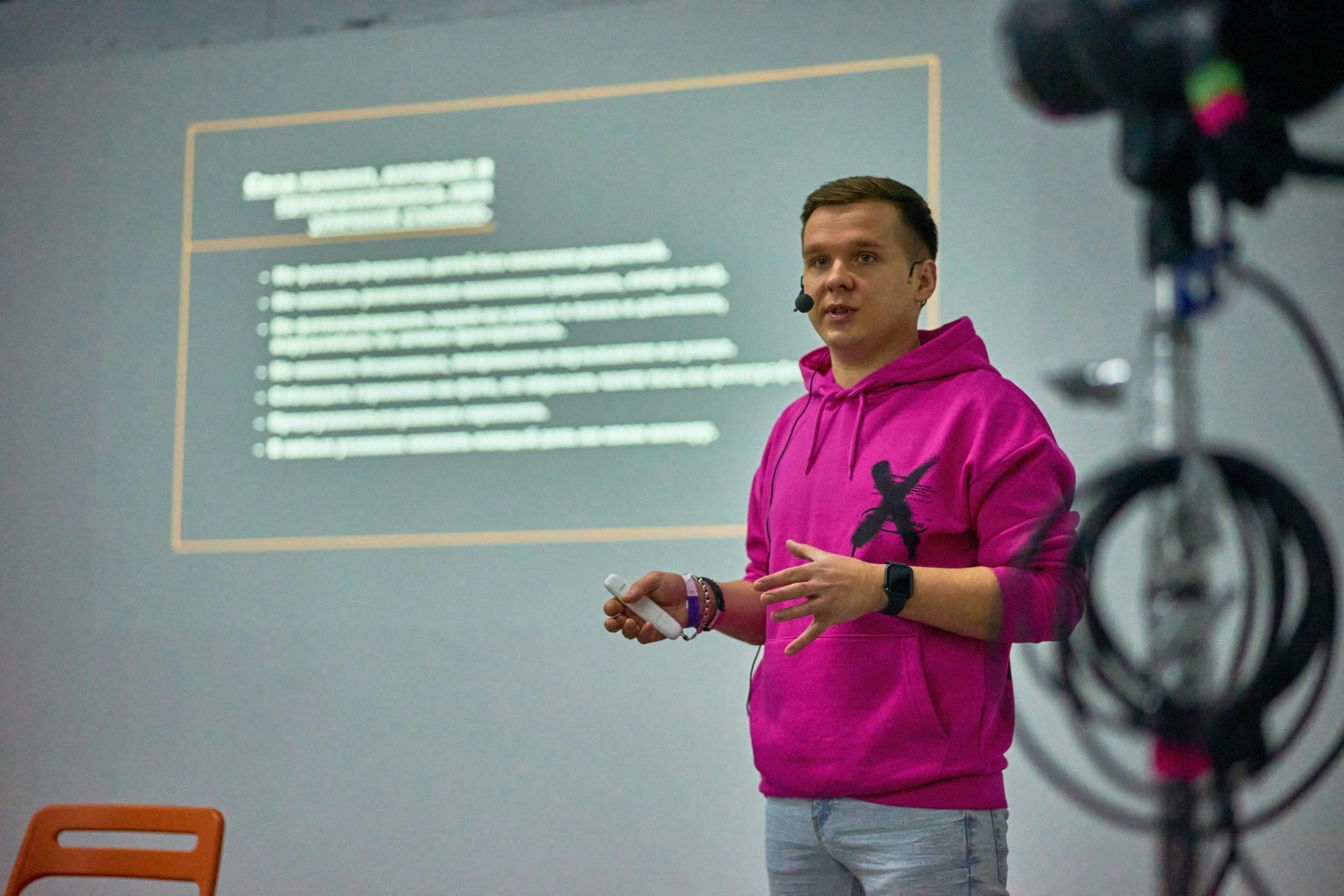Task masking is the quiet saboteur of modern work. It looks like diligence and feels like momentum, yet it drains attention away from the outcomes that matter. At its core, task masking is the habit of disguising avoidance as productivity. It shows up as one more round of research after the decision is already clear, or as an immaculate dashboard created to postpone a difficult customer call. It appears as a meeting scheduled to avoid asking a sharper question in a shared document. Calendars fill, chats buzz, and everyone appears occupied. Underneath the surface, progress stalls because effort is poured into activities that signal effort instead of into actions that deliver results. Focus does not vanish because people are lazy. It vanishes because the environment makes it safer to look busy than to risk being wrong in public.
The root of the problem is often ambiguity. When ownership is fuzzy, people gravitate toward visible tasks that are easy to justify and difficult to challenge. It is simple to complete a competitor scan or write a longer specification. It is harder to ship an experiment that could fail or call a customer who might disagree. Leaders frequently misdiagnose this as a motivation gap, when it is actually a clarity gap. In systems that elevate appearance over outcomes, conscientious people will still choose the path that protects them socially, even if it taxes the work financially.
Early teams create these conditions without intending to. A founder who jumps in to help on a deliverable once can reset the entire map of accountability. A manager who praises the most verbose update rather than the smallest working demo teaches everyone that presentation earns more social oxygen than throughput. A reviewer who demands more hypotheticals rather than naming a decision rule turns reviews into performance theater. None of these moments feel dramatic as they occur. In aggregate, they reward signaling and starve shipping. Status rituals multiply, morale appears busy, and genuine leverage disappears.
The damage announces itself first in velocity. Work stretches to fill buffers designed to absorb political risk instead of technical risk. Estimates inflate. Time that should be devoted to the primary constraint gets redirected into second order cleanup. Backlogs expand because no one is reducing scope with teeth. Review queues grow because decisions keep bouncing for lack of a clear owner. Trust begins to erode next. Updates are padded. Blockers are softened. Escalations arrive late and wrapped in careful language. The longer this pattern persists, the more normalized it becomes. In that environment, any push for focus can sound like aggression when it is actually an effort to restore honesty to the system.
The corrective move is not to outlaw meetings or to buy a shinier tool. The real fix is to restore clarity at the levels that govern attention. Ownership must be defined in terms of outcomes, not activities. It is not enough to ask someone to own a migration. Name the result in plain language and assign a single accountable owner. Grant that person clear rights to reduce scope without committee approval, provided they protect a quality floor and a time boundary. Sequencing must be simplified. Each week should contain a single meaningful output that a team moves from zero to done, with everything else subordinated to that promise. Feedback cadence must shift from status theater to decision reviews that rely on a simple artifact. The artifact should state the current goal, the constraint, the tradeoffs considered, the choice made, and the next proof point. When thinking is made visible in this way, reviews become fast and decisions become easier to defend.
There is a temptation to respond to masking with new process language. That is a mistake. Task masking thrives on process fluency. If leaders add heavier layers of process, they feed the same impulse that caused the drift. The antidote is specificity. Define success in one sentence. Define failure in one sentence. Define the first test that will distinguish between the two. With those sentences in place, even a junior teammate can self correct. Without them, even a senior operator will drift toward polished busywork because it feels safer than committing to a testable bet.
Leaders who want to spot task masking early can tune their ears to certain sounds. Masking produces work that grows in explanation but not in evidence. It multiplies artifacts without collapsing uncertainty. It generates new checklists but never results in fewer steps. In design, the symptom is beautiful mocks that never touch user hands. In product, it is endless grooming that never reduces time to value. In marketing, it is channel tests that celebrate impressions and quietly skip contribution margin. The pattern is consistent across functions because the psychology is consistent. People are optimizing for the appearance of readiness because the perceived cost of being wrong seems higher than the cost of being slow.
Restoring focus requires sharper edges. Replace open ended briefs with two explicit boundaries. The first boundary is time. Set a window that forces a testable slice of work. The second boundary is quality. Name a floor that protects the brand. Within those two edges, treat everything else as adjustable. When people know the edges, they stop building elaborate justifications for delay. They build smaller versions of the right thing and they learn faster. The surface area where masking can hide becomes much smaller.
Founders and senior managers carry disproportionate influence. Their behavior is the loudest process in any company. If they applaud heroic effort more than honest scope reduction, the culture will produce heroics and delays. If they ask for more study when a team brings a reversible decision, the culture will learn to hide behind research. If they personally jump into tasks to relieve pressure, the culture will re centralize decision making and encourage others to hedge. The culture that ships is built not by slogans about ownership but by protecting owners when they trim scope to hit a proof point on time.
Two conversational habits help. First, distinguish between opinion and ownership during reviews. Say clearly when you are offering an opinion that the owner may disregard after acknowledging the tradeoff, and when you are making a call that you will own with its consequences. This small distinction reduces the political reward of sounding smart and restores risk to the person who moves the goalposts. Second, practice the seventy percent trust rule. When someone can deliver at seventy percent of your personal standard, let them ship and improve on the next cycle. Perfection before motion is a recipe for elegant stagnation.
Individual operators can also redesign their week to make masking harder. Create two deep work blocks at the same times each day and reserve them for high leverage tasks only. Label those blocks with outcomes rather than generic phrases. A calendar entry that reads ship onboarding test A is harder to trade away than focus time. Move routine status updates into short written artifacts that follow a consistent template. Use your weekly live session for decisions that unblock shipping. When requests arrive that do not support the single chosen outcome for the week, place them in a parking lot that you will triage on Friday. This is not an attempt to control everything. It is a guardrail that protects attention so that real work can move from intention to evidence.
All of these moves point back to one principle. Focus is a design choice, not a personality trait. If your system rewards appearances, people will mask. If your system makes outcomes safe to pursue, people will move. The task is to shape a container where the correct behavior is cheaper than the incorrect one. When that container exists, attention returns and throughput compounds in a way that no motivational speech can replicate.
A final question can serve as a compass. If you were to step away for two weeks, would your team move the right work forward or would they multiply tasks that look safe to show at the next meeting? If the honest answer worries you, you do not need a new methodology. You need visible ownership, honest scope, and faster decisions. These are the conditions that turn energy back toward meaningful outcomes.
This tension is particularly sharp for young companies in relationship heavy markets. In many Southeast Asian teams, people often treat harmony as a proxy for clarity and choose to protect rapport rather than expose ambiguity. The instinct is human and the cost is real. The way through is to pair cultural warmth with operational edges so that care does not become camouflage. Celebrate the smallest shipped proof point more than the longest document. Reward the teammate who cuts scope to learn faster more than the one who polishes a deck. Make it safe to be wrong in small ways so it becomes possible to be right in meaningful ones. The team does not need louder speeches about hustle. It needs a system that tells the truth about work and a rhythm that favors evidence over theater. When outcomes regain social status, task masking recedes, attention strengthens, and work begins to feel like progress again.









.jpg&w=3840&q=75)




